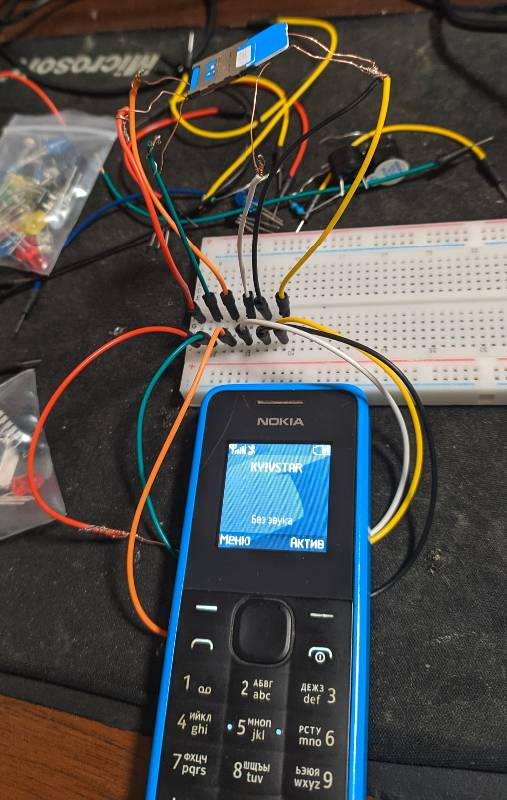Answer the question
In order to leave comments, you need to log in
Sim bank with your own hands. How to parallelize SIM cards?
Good day! I'm trying to make a primitive sim bank on my own. 
The idea is that there is a phone or gsm module and n SIM cards (let's say 10 pieces). Once a day, you need to count SMS from these SIM cards. Buying an industrial SIM bank is expensive and I would like to do it on my own. I want to solder 10 slots to one device (phone or gsm module) and somehow alternately switch between SIM cards.
Empirically, I came to the conclusion that connecting all lines in parallel except for power does not work. The phone refuses to see SIM cards if there are several of them on the pins, even taking into account the fact that only one of several SIM cards is powered.
I think you need to use transistors as keys.
The SIM card has 6 pins, for each pin there is a transistor key. And to manage all these keys with a shift register, let's say 74hc595 + arduinka. How would you solve such a problem? There is very little information and I do not have enough experience to choose the right components.
If the idea with transistor switches is correct, then what do you think should be chosen? Considering that the SIM card consumes a current of 50mah and a voltage of up to 5V.
Answer the question
In order to leave comments, you need to log in
before work it is necessary to study the subject of work.
See SIM card pin assignments. If you understand them, then in principle you do not need to switch SIM cards at all.
https://habr.com/ru/company/beeline/blog/133388/
for example
, you connect Vcc and Gnd to power and ground, respectively. driving a CMOS circuit through power switching is generally a road to hell.
In theory, you don’t need Vpp, you can leave it hanging in the air, but see for yourself.
You combine Clk and I / O for all sims and put them on the corresponding conclusions of the processor.
In order to include only one specific SIM card in the work, you use Reset.
To do this, Reset each SIM card separately to the output of the gpio processor.
you give Reset to everything - all sims will turn off.
on one of the sims you turn off Reset - it starts working and responding to I / O.
after working with her, you give her a Reset.
turn off Reset for the next SIM card, work with it. etc. etc.
it turns out to work with a lot of sim cards without unnecessary switching.
the number will probably be limited only by the power of the outputs working with I / O.
It seems to me that analog multiplexer chips can be used. As an example, the ADG408 multiplexer is able to switch a single input (output) to 8 outputs (inputs), ADG409 - switches 2 inputs (outputs) to 4 outputs (inputs). To switch 8 SIM cards, you can use 5 ADG408 (one for each pin except ground). If more is needed, multiplexers can be cascaded.
Didn't find what you were looking for?
Ask your questionAsk a Question
731 491 924 answers to any question